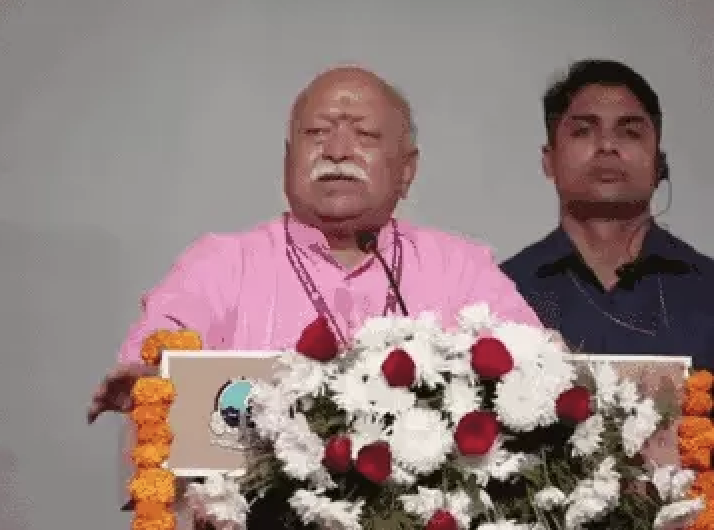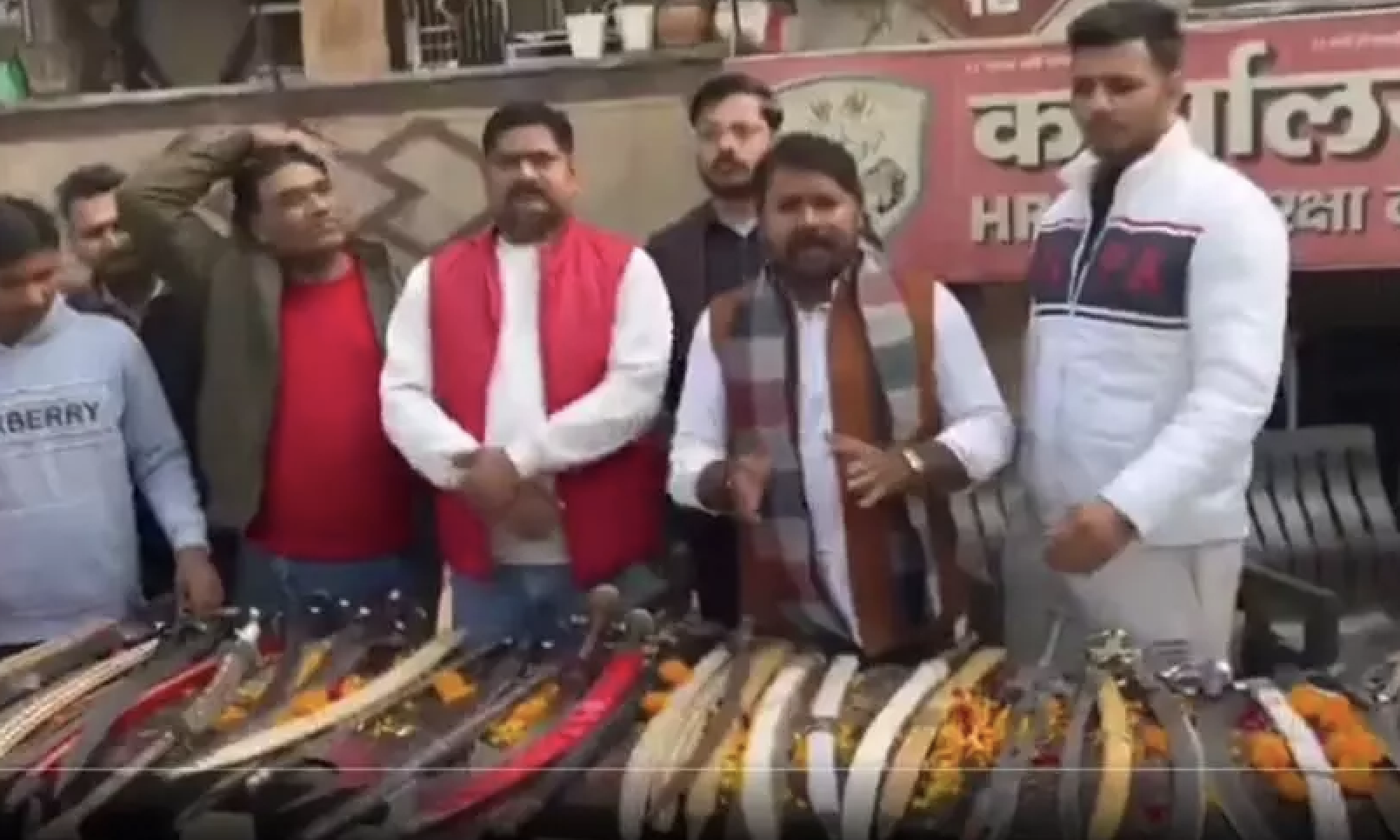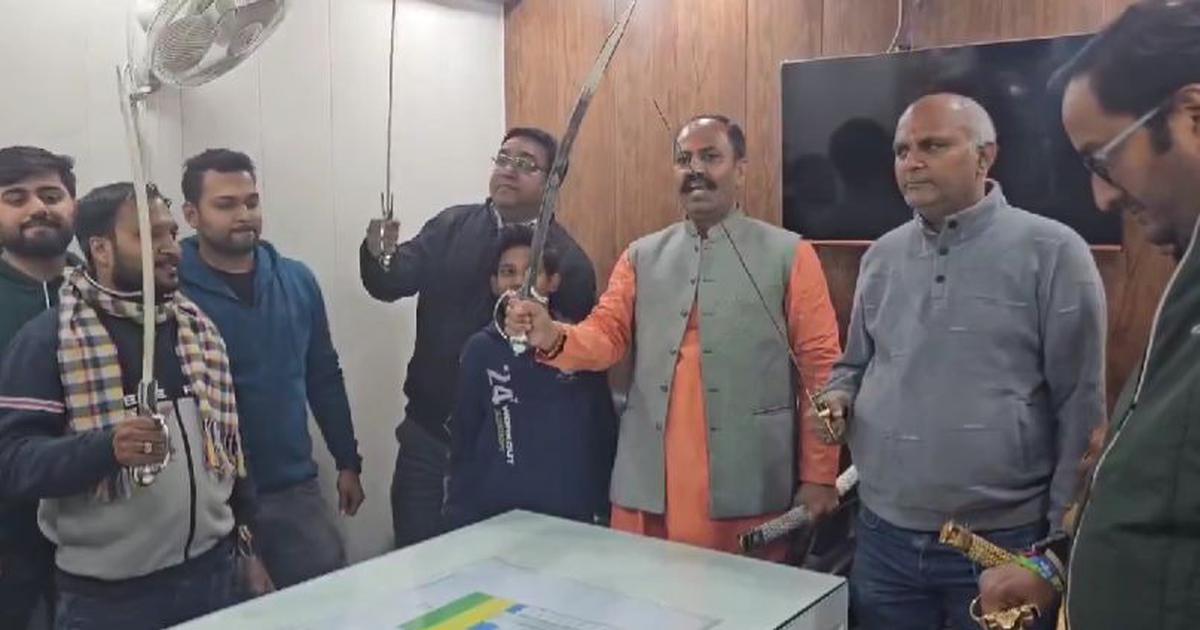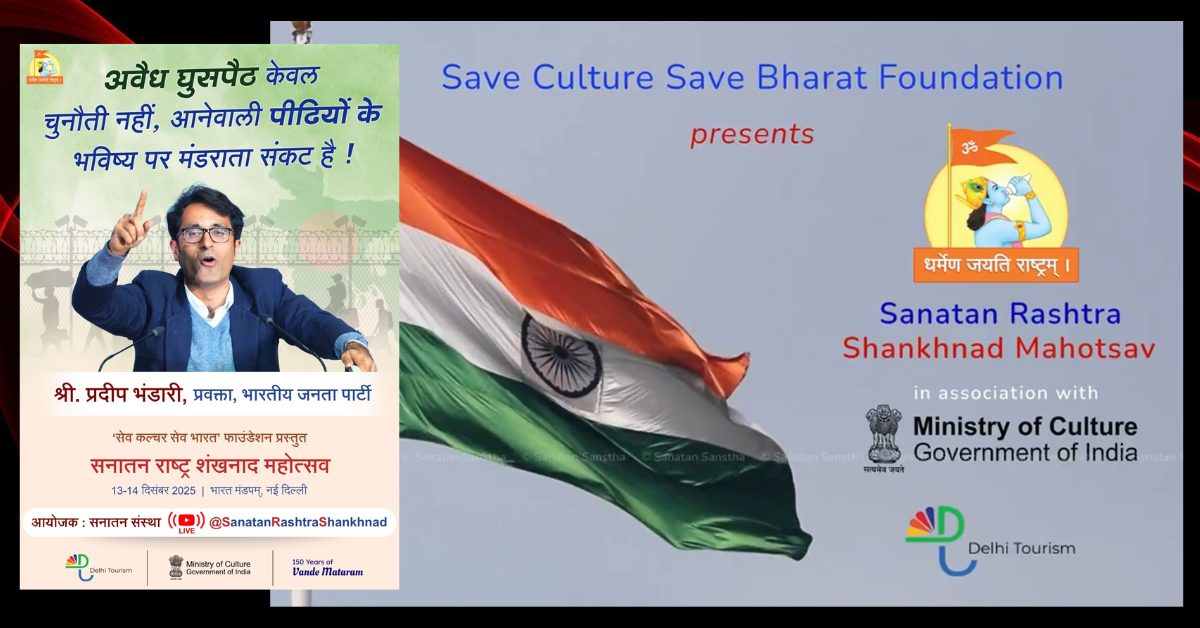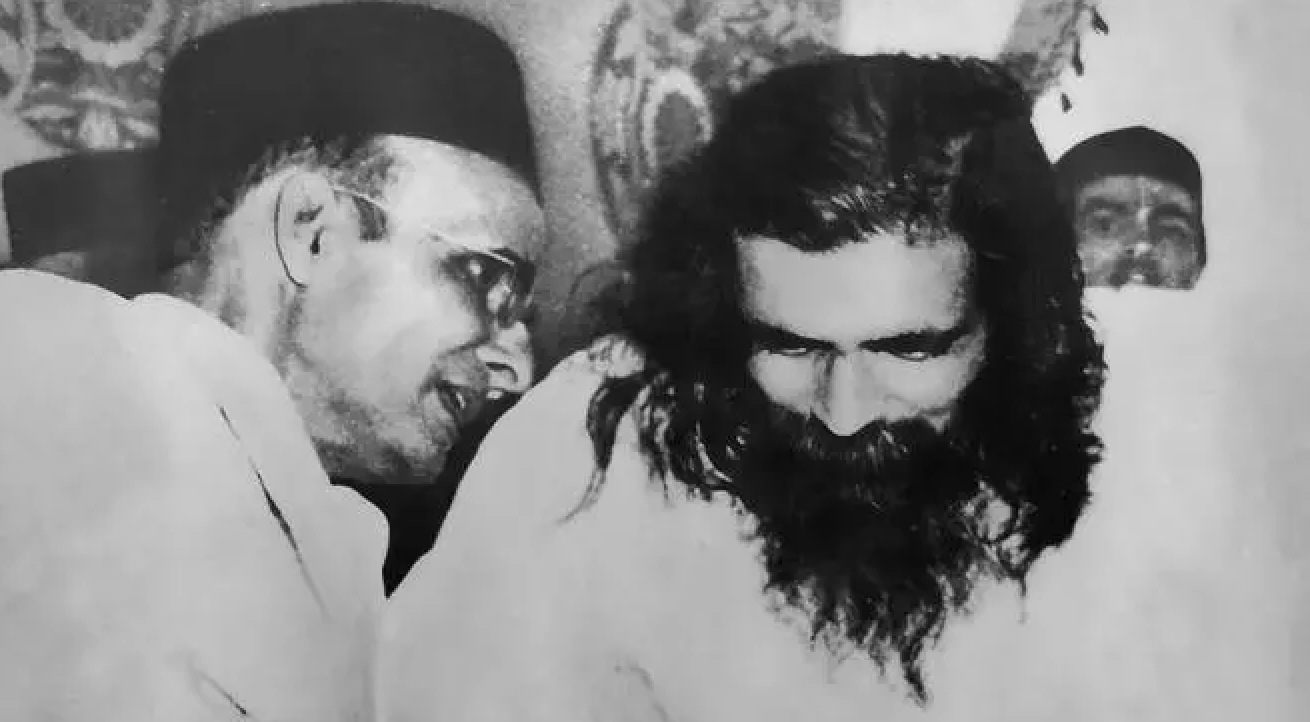
The final act of Golwalkar’s conflict with Gandhi was played out by Nathuram Godse, the RSS hothead from Poona. At the time, Godse edited a local Marathi journal, Hindu Rashtra, just as his mentor, Kashinath Bhaskar Limaye, the chief of the Maharashtra unit of the RSS and one of the closest aides of Golwalkar, edited Vikram, another pro-Hindutva Marathi journal published from Sangli. N. D. Apte, a member of the Hindu Mahasabha, was the general manager of Hindu Rashtra. Limaye, Godse and Apte were also bound by their loyalty to V. D. Savarkar and had in the past organized the Hindu Rashtra Dal as a joint venture between the RSS and the Hindu Mahasabha. There is no specific evidence to suggest that Golwalkar, as the chief of the RSS, ever disapproved of the Hindu Rashtra Dal. The idea of a Hindu Rashtra, which Golwalkar pushed through his nationwide network of shakhas, was of profound significance to all three, but seems to have exercised a particularly strong hold over Godse.
While most of the RSS men shared Golwalkar’s anger on Gandhi’s determined bid to obstruct efforts to force Muslims to leave India, a few of them possessed Godse’s intent to remove this stumbling block through violent means. In fact, it was only about three weeks after Golwalkar threatened to ‘silence’ Gandhi on 8 December 1947 that Godse set out to work on an assassination plan. Did Godse, an excessively enthusiastic RSS man, see in those threatening words of the sarsanghchalak some kind of a fatwa to kill Gandhi? Did he ever come to a secret understanding with Golwalkar? Or did he move in that direction on his own? There were theories, but, as there was no thorough investigation into the conspiracy angle in the immediate aftermath of Gandhi’s murder, there could be no certainty or straightforward explanations.
In any case, there were reasons for Godse wanting to kill Gandhi. As a passionate member of the RSS and the editor of Hindu Rashtra, he had been acting in close concert with the Hindutva movement and was obsessed, like any other member of the RSS and the Hindu Mahasabha, with the idea of making India a Hindu Rashtra. He was, therefore, part and parcel of a subterranean and organized Hindutva resistance to the Gandhian project of secular democracy—a resistance which had existed since before 1947, before the country was even thought to be partitioned. Through his nationalism and secularism, Gandhi had comprehensively countered the idea of a Hindu Rashtra, forcing its proponents—the RSS and the Hindu Mahasabha—to the margins of Indian politics. This made Gandhi the main target of attack not only by Golwalkar but also by individual members and leaders of the RSS and Hindu Mahasabha. Thus, if Godse, imagining himself as the deliverer of the idea of the Hindu Rashtra, set out to kill Gandhi, he seemed to have been resolving what might be described as a battle for the soul of India, an anxious and longstanding conflict to define the emerging nation state. The putative resolution posited by Godse can be seen a desperate attempt, but it was very much part of the struggle that Golwalkar had launched.
This story was originally published in frontline.thehindu.com. Read the full story here.



